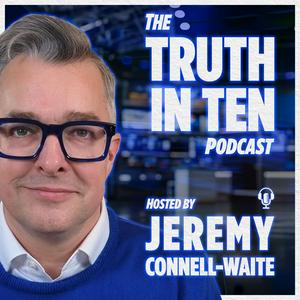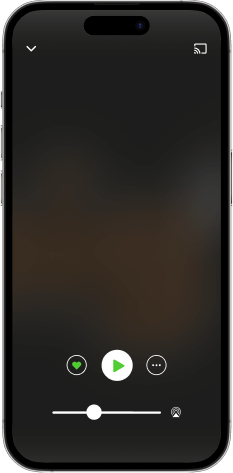S03 E04: RULE #4
109 Rules of Storytelling Rule #4 "Great storytellers are obsessed with Aristotle's "Poetics". This little pamphlet explains the underlying foundations of all great stories. And just because it was written thousands of years ago in 335BC, don't think it isn't relevant today… If you want to influence and move an audience, it is." -- "Storytellers must be evangelistic about Aristotle's Poetics." Aaron Sorkin -- Read POETICS [MIT Archive link] Overview of Poetics [Wikipedia] -- Poetics in a Nutshell: It's the hero journey from A to B. The hero has to be transformed. (For better and worse). It has to happen in the least possible number of steps. It has to happen in one place. (Over 48 hours). And at the end we have to experience shock & awe, fear & pity. The hero has to experience recognition & reversal of their situation. -- Why Poetics Matters Your job is to tell a story The story has a hero And he or she wants ONE thing The story begins when something happens The story ends when the hero is transformed for better or worse Everything in the story must be a progression -- POETICS WORKSHEET [PDF] Courtesy of Aaron's Sorkin's Masterclass -- [TRANSCRIPT] Aristotle's Poetics – for Business Storytelling Aaron Sorkin told me "you must be evangelical about Aristotle's poetics". You know he's my favourite Oscar-winning winning screenwriter and playwright. He strongly believes "Rules are what make art beautiful." What is poetics & why should you care? Aristotle's Poetics (c. 335 BC = 2,360 years ago) is the earliest guide to how stories work. He argued every great story needs a beginning, middle, and end—clarity beats complexity. Strong stories create emotional connection (pity, fear, hope) to move audiences to act. The most powerful tales show cause and effect—decisions drive outcomes. Characters must be credible and consistent—audiences trust authenticity. Plot beats style: structure matters more than flashy words. For leaders, this means: sharpen your message, create tension, show resolution, and make your audience feel the story—not just hear it. Why does Aristotle's Poetics still matter today? Human brains haven't changed. We're still wired for story, not slides. Poetics explains why stories stick. TED Talks succeed because they follow Aristotle's rules: clear arc, relatable characters, emotional tension, and a satisfying resolution. Keynotes and pitches work best when they build suspense, show cause and effect, and end with clarity. Client case studies become compelling when they highlight real characters, challenges, turning points, and results. In short: Aristotle cracked the timeless code of influence—structure + emotion = impact. Business leaders ignore it at their peril. Here's a simple, memorable framework you can use to make Aristotle's Poetics stick with business leaders: The 4 P's of Powerful Storytelling Plot – Every story needs a clear beginning, middle, and end. Keep it simple and structured. People – Characters must be credible, consistent, and relatable. audiences believe people before they believe numbers. Purpose – Stories need tension, cause and effect, and a reason for the audience to care. Passion – The goal isn't just logic—it's emotion. Make people feel something so they act. This gives you a quick handle we(4 P's) you can recall and apply. Become a diagnostician. Watch TV shows, plays, and movies with the screenplay in your lap. When something doesn't work, figure out why it doesn't work. Did it break one of Aristotle's rules? Don't confuse the rules of drama with the rules invented by people about what stories or characters are culturally appropriate or popular enough to appear on TV. Society and cultural norms shift. The rules of drama are the only principles you need to concern yourself with.


